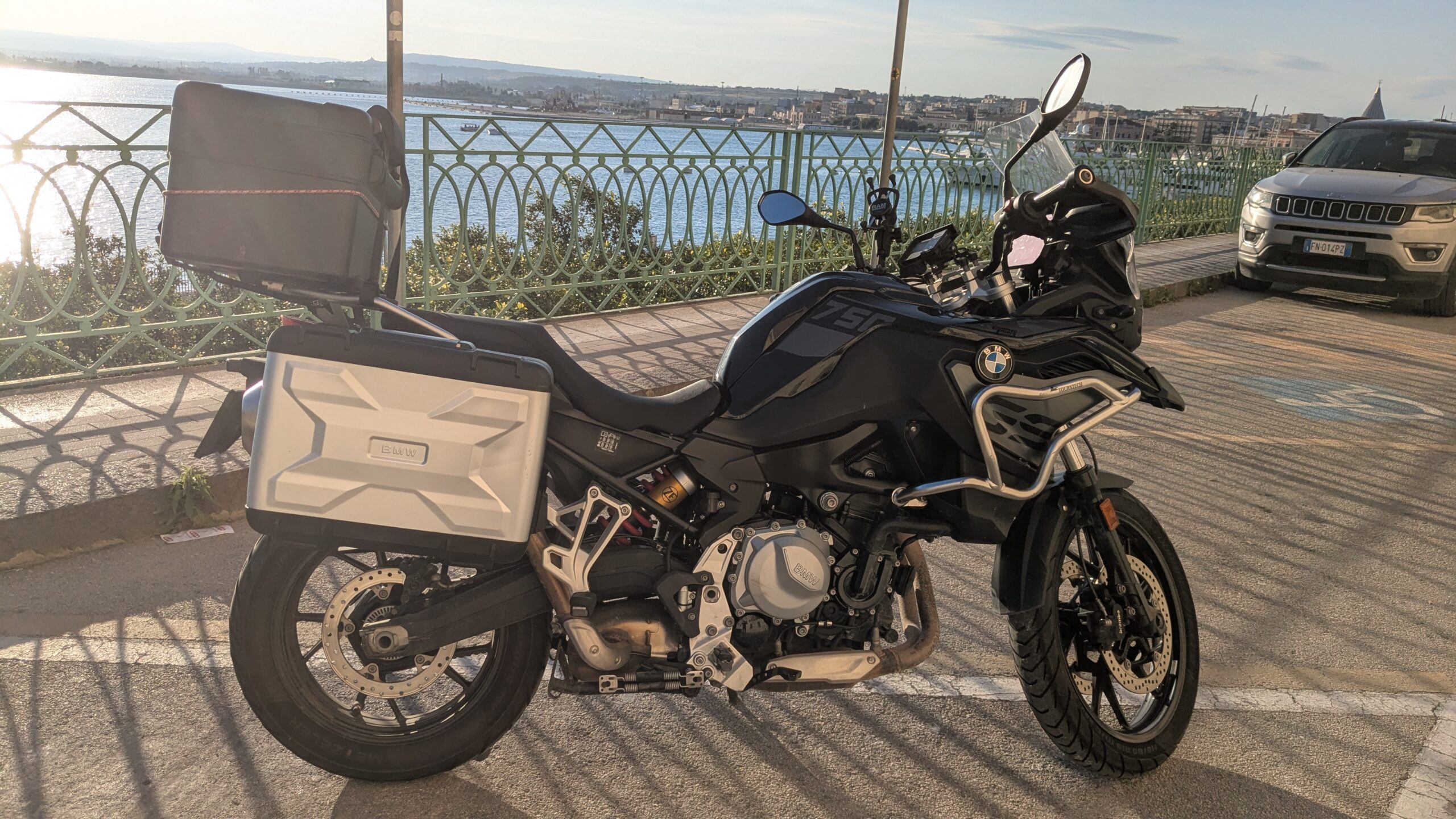08.15.22
I’ve learned to appreciate history a lot more over the years we’ve been traveling, and I found out that this town of Canakkale (pronounced Chan-a-collie) played a major role in World War I. I’ll get to that in a second, since one of the most significant cities in history, the Ancient City of Troy, was one of our stops on the way here. Admittedly, it was much smaller and lower key that I expected it to be, and it was really just a series of ruins connected by wooden walkways.
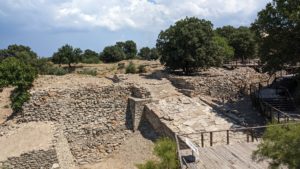 Along the way there were signs stating, “Troy I, Troy III, etc…,” and they indicated the various levels of Troy that were built on top of each other. That is not a new thing and in most major cities, like Rome, London, and New York City, whenever new construction or excavation is started, they usually find old relics. What is cool about Troy is that for many years they did not know if it was a real city or just a myth, mostly because it was buried under dirt. They had a reproduction of the Trojan Horse at the ruin, but the one in Canakkale marina is much cooler, and was used in the Troy movie.
Along the way there were signs stating, “Troy I, Troy III, etc…,” and they indicated the various levels of Troy that were built on top of each other. That is not a new thing and in most major cities, like Rome, London, and New York City, whenever new construction or excavation is started, they usually find old relics. What is cool about Troy is that for many years they did not know if it was a real city or just a myth, mostly because it was buried under dirt. They had a reproduction of the Trojan Horse at the ruin, but the one in Canakkale marina is much cooler, and was used in the Troy movie.
Across the Dardanelles Channel (about one mile) is a castle that neither of us ever heard of, but we both agree that the Kilitbahir Castle is undeniably the COOLEST one we have ever been to. THAT says a lot! It was massive, with four-foot-thick walls, and the footprint of the structure is like a three-leaf clover, with three sections and a huge tower in the middle. We were able to climb INSIDE the center section and it was mind-blowing! Of all the castles we’ve visited, this one beats them all.
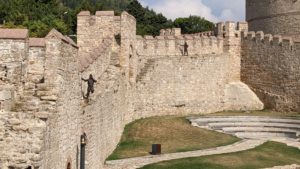 It was built in the 15th century as the Ottoman Empire was gaining strength and the sultan, Fatih Sultan Mehmet, recognized that the straits were critical to the defense of Constantinople, now Istanbul. Even though it is 300km along the waterway, the mouth of the Dardanelles is the weak link to get to the heart of the former capital via ships. He built this castle and one on the other side, Cimenlik, which is nice and now houses a naval museum, but is nowhere close to Kilitbahir. Over the centuries both castles played a part in defense of the Dardanelles, but about 100 years ago is when it really came into the spotlight.
It was built in the 15th century as the Ottoman Empire was gaining strength and the sultan, Fatih Sultan Mehmet, recognized that the straits were critical to the defense of Constantinople, now Istanbul. Even though it is 300km along the waterway, the mouth of the Dardanelles is the weak link to get to the heart of the former capital via ships. He built this castle and one on the other side, Cimenlik, which is nice and now houses a naval museum, but is nowhere close to Kilitbahir. Over the centuries both castles played a part in defense of the Dardanelles, but about 100 years ago is when it really came into the spotlight.
Like many, I was familiar with the name Dardanelles Strait, and I also was familiar with a battle (and movie) called “Gallipoli,” but I did not know it was the name of the entire peninsula that extends from Istanbul out to the Aegean Sea. It was also one of the deadliest campaigns in military history during World War I, with almost 350,000 soldiers killed.
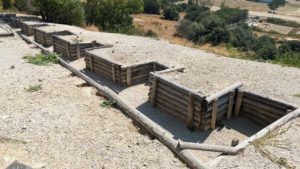
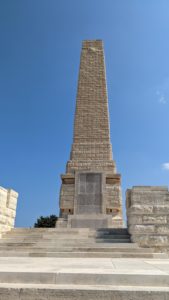
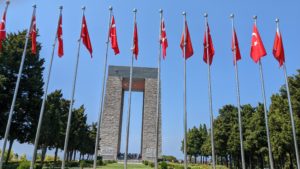
Back in WWI, the so-called “War to End all Wars,” the Turks were allied with Germany and Austria-Hungary, and collectively called The Central Power. The Allies included France, Great Britain, Russia, Italy, Japan, Australia, New Zealand, and the US. In March 1915 the Allied Powers tried to open the Dardanelles for their ships to get through to Istanbul, and they started an almost yearlong campaign which failed. The Turks held strong and the army of 70,000 soldiers were turned back. It was a very high casualty battle and within a few miles of here are dozens of cemeteries honoring the dead. This was a very personal, very bloody war, and if you’ve seen the pictures of soldiers in foxholes, hunkering down with nowhere to go, you might get an image of how frightening and deadly it was. There were many Allied soldiers that died on Turkish soil who were never identified, and what bodies were left were not claimed until the Armistice in 1918. I visited some of those battlefields and memorials and it was sobering, and also very sad to see how many innocent lives were lost at such young ages.
Kat and I have been to countless churches, castles and other “old ruins,” but these were the first memorials I ever visited that were in relatively recent times. I have yet to visit any World War II or more recent battlefields and I’m not sure if I want to…

